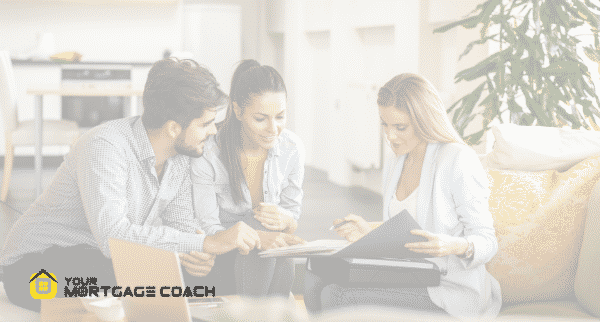Property investment can offer all sorts of benefits – additional income, capital growth, tax deductions, and the list goes on.
If you’re considering an investment property purchase, we’ve put together a simple guide to help you get started. Let’s dive in.
Step 1: Formulate an investment strategy
The wonderful thing about property investing is that it opens your world up to different ways to potentially build your wealth.
Some common strategies include:
- Buying in an area with strong capital growth potential, then holding on to the property as the value increases.
- Negatively gearing the property. This is when the expenses associated with owning the property are greater than the rental return and you can claim losses against your tax liability.
- Positively gearing the property, whereby the rental return covers the expenses and provides a surplus cashflow.
- Renovating to potentially add value to a property and increase the rental income, then holding on to it.
- Flipping properties, which involves giving a fixer upper a facelift with a view to re-selling for a profit.
- Buying off the plan.
- Subdivision.
Each strategy comes with its own pros and cons, so it’s a good idea to speak to your financial advisor or accountant about which is right for you.
Step 2: Set your budget
Before you start browsing realestate.com.au, it’s important to understand what you can afford to buy. Some of the costs you’ll need to consider when setting your budget include:
Initial costs
- Deposit
- Loan establishment fees
- Lenders’ mortgage insurance (if you have less than 20% deposit)
- Stamp duty (calculators are available here)
- Conveyancing and legal fees
- Building and pest inspection reports
- Quantity Surveying fees – to create your Depreciation Schedule for the fixtures in the property, so you can maximise your tax deductions (after purchase).
Ongoing costs
- Rates/government taxes
- Insurance
- Mortgage repayments
- Body corporate fees
- Utilities not paid by the tenant
- Property management fees
- Repairs and maintenance costs.
Step 3: Do your research
The key to buying the right investment property is to spend plenty of time researching.
You’ll want to consider the capital growth potential (the growth in the property’s value) and rental yield (the income the property will generate from the tenants).
These factors are driven by supply and demand, so try to find a property that will be in high demand by tenants and future potential buyers, with good access to amenities nearby.
Speak to us about our complimentary property market reports, which are loaded with useful information.
Step 4: Get a building and pest inspection done
Trust us when we say building and pest inspections are worth the money. The last thing you want is to discover your investment has a structural issue or termites once it’s all yours.
Step 5: Finalise your finance
Luckily this part is relatively straight forward– we’ll line up with the right investment loan for your specific needs.
Ready to get started?
We’re here to provide expert guidance about investment loans and structuring your finance. Talk to us today!


 I’m Your Mortgage Coach and I’m here to help you achieve your lending goals.
I’m Your Mortgage Coach and I’m here to help you achieve your lending goals.